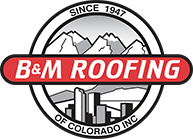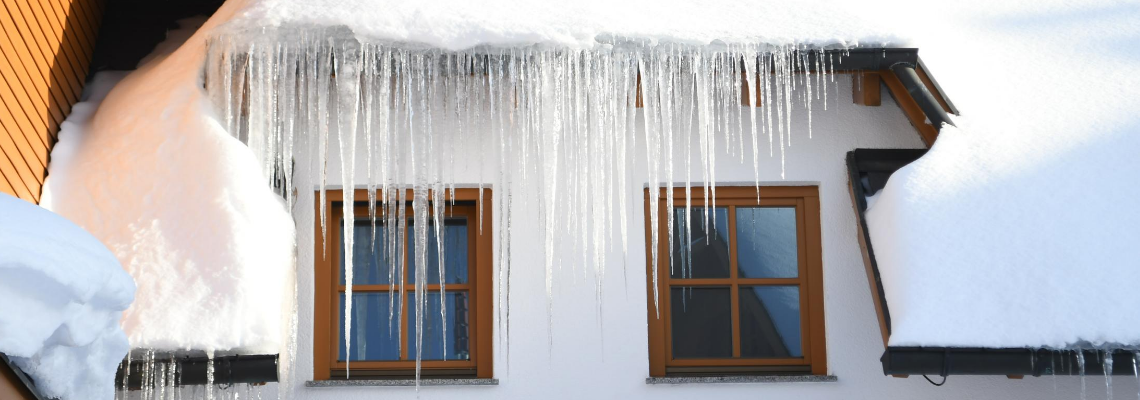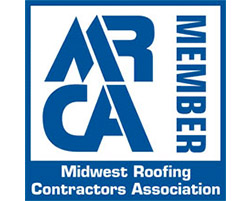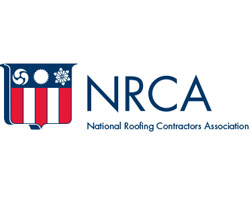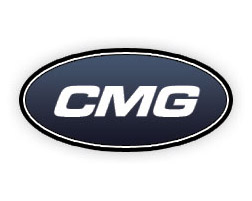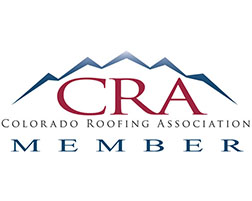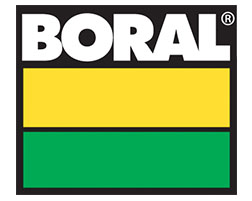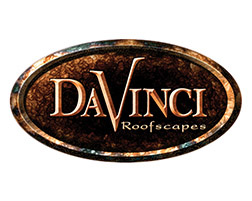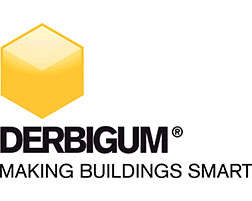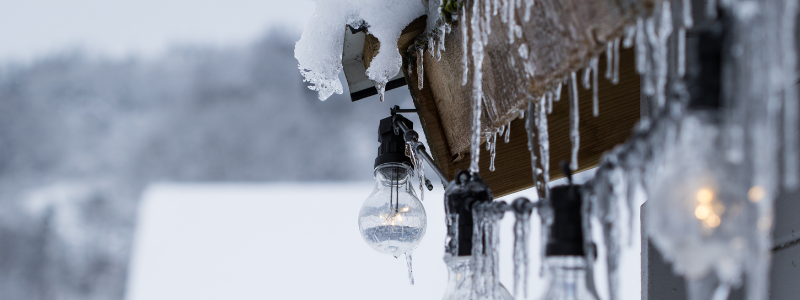
Winter Roof Problems
Snow can really add a sense of beauty and marvel to any home or commercial property. Winter has a sense of calm, comfort, and relaxation to it – however, when things start to get cold and wet, those feelings quickly disappear. To enjoy winter, it’s best to be prepared for what it can do to your roof. The secret to enduring the winter is if your roof can do the same. Roof damage is not just a hail storm or spring season-exclusive occurrence.
Winter is probably the most challenging season for your roof, even more so than the storms Colorado sees in the spring and summer.
There are many different winter roof problems your home or business could face and it is important to be prepared and ready for anything that might happen!
Before the first snowstorm comes, it is a good idea to inspect your roof and analyze if there is any existing damage. If you can catch a problem and address it early on, you are more likely to prevent a bigger issue from happening, which could ultimately save you a lot of money. If you have problems like any of the ones below, it’s not too late to have your roof looked at and repaired. After all, that’s the great thing about Colorado is that the sun still shines, giving us extra time to work on roofs.
Here’s what to look for during the winter:
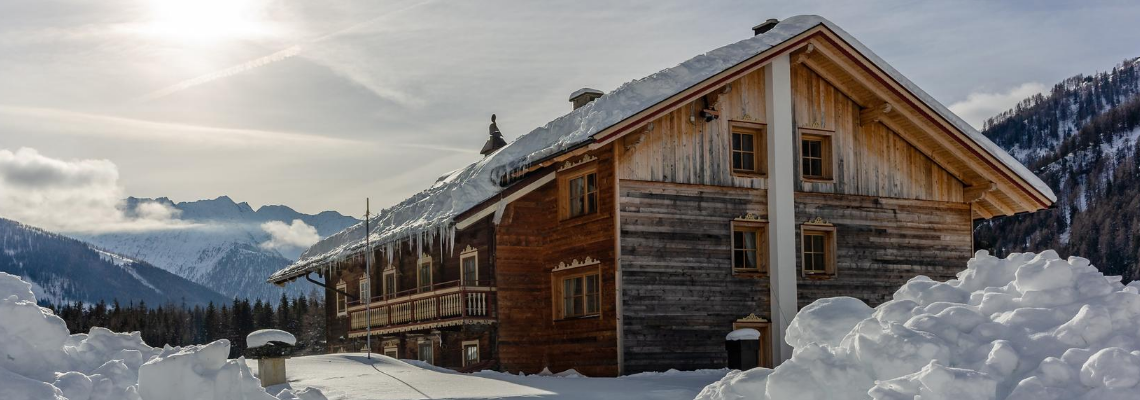
Typical Winter Roof Problems
If your roof appears to be in tip-top condition, you still want to keep an eye out for the following issues to arrive over the course of the winter season:
Ice dams
Icicles may look festive and decorative during the winter months, but they usually spell T-R-O-U-B-L-E for your roof and property. Ice dams are layers of ice that form at the edge of the roof which prevents melting snow from being able to properly drain off of the roof. The excessive buildup of melted snow then has nowhere to go and could end up in a home’s interior causing lots of damage, as well as damage to the roof.
Ice dams usually occur from inadequate ventilation or insulation in a home’s attic. If you discover your roof has ice dams, you will want to call a professional to come out and help you remove them. After the ice dams are removed and the issue is solved, it is important to constantly check your roof for signs of weathering to prevent further damage
Condensation in Attic
A warm attic with a cold roof over it is the perfect place for condensation to occur which can lead to mildew, mold, roof failure, and structural damage to your home. Poor ventilation is usually the main culprit to attic condensation, which is a complex issue that requires professional attention. If you notice that your attic has condensation, you will want to contact a professional who can help remedy the situation and ensure it does not happen again.
Adding things like roof vents and insulation will help prevent condensation from happening. This in turn will help prevent other winter roof problems like ice dams, leaks, freezing gutters, etc. The best time to install these roof accessories is during the early fall before the snow hits.
However, if you’re having problems with your roof during the winter and installing these items is the best option, we’re happy to install them in the winter months, too. Roof vents and insulation can be installed on both residential and commercial properties.
Flashing Leaks
Flashing is a section of sheet metal that protects the joints in a roof in order to prevent water damage. The locations of flashing vary depending on the type of roof, however flashing is most commonly used around a chimney, skylight, or dormer windows where leaking is likely to happen.
If you notice leaking around these areas, it means that the flashing could be damaged or weathered and it is time to call a professional roofing inspector. We recommend having a roofing inspector examine the roof flashing biannually to prevent larger issues from happening.
Flashing is much more affordable to fix when you catch it early on. Once the water has leaked through and caused damage, there are greater and more expensive issues that can arise.
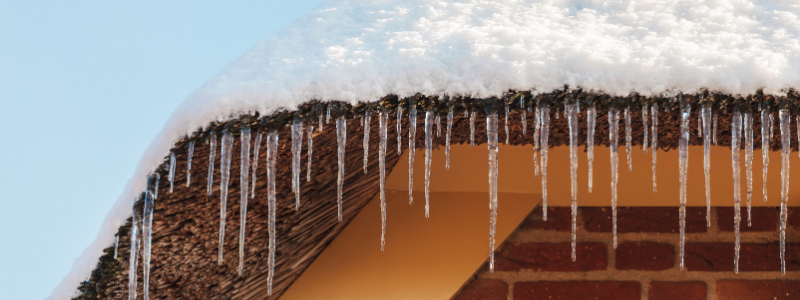
Freezing Gutters
Gutters freezing over is another typical winter roof problem. It usually occurs with ice dams, as they go hand-in-hand, but not always. Sometimes, especially in Colorado where we’ll experience a quick snowstorm and then the sun is right back out and shining the next day, the water from the roof drains from the roof into the gutters. Before the gutters are able to properly drain all of the water, the temperature drops, freezing the remaining water in the gutters.
This is usually because of leaves that are clogging up the drainage or something similar.
The next day when the temperature rises again, the water starts to leak into the windows, walls, and siding, instead of where it is intended to flow. You can prevent this from happening by making sure your gutters are cleared of any debris, but you can also drill a few holes in the gutter to help allow for faster draining. Typically, if you can solve your ice dams problems, you can solve the problem of your freezing gutters, too. Gutter guards are also a great idea to prevent the gutters from clogging up during the fall and winter months.
B&M Winter Roof Repair
Experiencing any of these winter roof problems? It’s not too late to get any repairs or even a roof replacement done – even after the snow has started falling. We have some temporary fixes until we’re able to help out. Don’t forget that we offer free estimates and emergency roof repair!
Stay ahead of the game this season and make sure your roof is ready to take on another Colorado winter.
